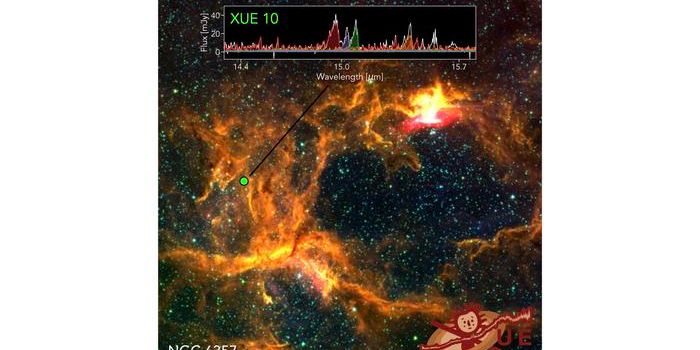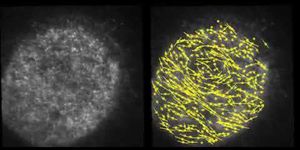NASA Promotes the Development of Hybrid Aircraft
Air travel is thought to be a significant contributor to emissions that lead to climate change. NASA has been trying to develop more efficient airplanes for several years, and is now launching an effort to create hybrid-electric aircraft. NASA has granted Penn State with $8 million for a four-year project that is focused on the creation of single and twin-aisle aircraft that can carry at least 100 passengers. The researchers have suggested these aircraft are well suited for hybrid propulsion.
"This is a bold project that will explore the possibility of a safe, efficient, and innovative path to reduce the fuel consumption and lower the carbon footprint of the aviation industry," said Karen Thole, distinguished professor, mechanical engineering department head, and the principal study investigator.
The researchers will have to do more than just integrate a rechargeable battery into a traditional gas-powered engine, noted Thole. They will have to rebuild the system from the ground up, and redesign the core of the gas turbine engine.
"With our collaborators, we will use all the knowledge surrounding these hybrid systems and find new ways to operate them with increased efficiency," said Reid Berdanier, assistant research professor in mechanical engineering.
Penn State has a history of work with gas turbines, and they are working to test new concepts for cores that can be integrated into hybrid systems. Technologies like machine learning and cyber-physical modeling can be employed in this effort.
"The goal is to shrink the engine as much as possible," Thole said. "In doing so, this brings up other technical issues, including how to manufacture the parts and how to improve efficiencies."
Metal 3D printing, shorthand for a process called metal additive manufacturing (AM) will be useful in this effort as well, noted Amrita Basak, assistant professor of mechanical engineering. "This could push the boundary of AM. Optimizing part precision, surface roughness, and conformity on such a small scale could change the way we 3D print metallic parts."
This project is funded by NASA's University Leadership Initiative, which is meant to encourage collaborative efforts to develop technologies that can have a significant impact on aeronautics and aviation. This is the first female-led enterprise the initiative has funded.
"With the aviation market estimated to grow at around 4.5 percent, our industry's contribution to global CO2 will need to decrease so the aerospace industry's commitment to sustainability has never been stronger," said Sean Bradshaw, technical fellow in sustainable propulsion at Pratt & Whitney (aerospace company). "A strong research collaboration between academia and industry is vital and the fundamental insights generated from this important research will augment current efforts by the aviation industry to become more sustainable."
Sources: AAAS/Eurekalert! via Penn State









